Details
Sony Alpha 7S III (ILCE-7SM3)
Almost five years after the Alpha 7S II, Sony is launching its successor: the Alpha 7S III has an improved 12-megapixel sensor, records 4K at 120p and is said to achieve exceptional results in low-light photography thanks to its large pixels.
Like the Alpha 7S II, the sensor of the Alpha 7S III has a resolution of 12 megapixels, but is now backside exposed
At the heart of the new Alpha is a 12-megapixel full-frame sensor, which has been improved compared to the Alpha 7S II. {It now uses a rear-side exposure (BSI) design, which allows more light to be captured and enables better results in low-light photography. The maximum sensitivity is still ISO 409,600 (expandable downwards to ISO 40). The sensor is supported by the new BIONZ-XR processor, which is said to have eight times the computing power of the previous image processor.
116} is also breaking new ground in terms of operation: for the first time in the Alpha 7 series, a fully movable monitor (3.0 inch, 1.44 million dots) has been installed, which now also allows touch operation of the menus. The structure of the menus has also been completely revised; among other things, only the relevant entries are available in photo and video mode for a better overview. The OLED viewfinder achieves a record resolution of 9.44 million dots and a magnification of 0.9x. The size of the image can also be reduced so that people who wear glasses can also see the entire image.
4K with 120p
One of the camera's main focuses is video recording. Unlike Canon on the EOS R5, Sony does not rely on 8K for video, but continues to use 4K, which is said to achieve the best results to date on an Alpha camera. The 12 MP resolution of the sensor enables a full-pixel readout without pixel binning and without cropping up to 4K/60p.
The recording limit in this setting is said to be one hour without overheating - the EOS R5 only manages 30 minutes at a time at 4K/60p. Video recording on the Alpha 7S III is limited to this length in 4K/120p mode - incidentally, a slight crop (1.1x) is also applied here.
The monitor can be tilted, and the grip and controls have been enlarged - as with other cameras of the third Alpha generation.
The Alpha 7S III even records at up to 240p in Full HD. Lower frame rates of up to 1p can also be selected in S&Q mode for time-lapse recordings. Recordings are made internally with a color subsampling of 4:2:2 and a color depth of 10 bits. New codecs are available: XAVC-S-I records single images (All-I) with a data rate of up to 500 Mbits/s, XAVC-HS reduces the data volume during image group compression to 200 Mbits/s thanks to H.265 compression. The camera can even output 4K/60p as 16-bit raw files (ProRes Raw) to an Atomos recorder via HDMI 2.1.
Of course, a logarithmic gamma profile is also available (S-Log 2/3), which is intended to enable a dynamic range of over 15 f-stops; the sensitivity here starts at ISO 640 (extended: ISO 160). According to Sony, the rolling shutter effect has been significantly minimized.
The Alpha 7S III is equipped with a 5-axis image stabilizer in the body, which achieves an effectiveness of 5.5 f-stops measured according to the CIPA standard; in video mode, digital stabilization (Active Mode) is also used, which also uses a gyro sensor. The information from this gyro sensor can also be stored in the video metadata so that it can be used for digital stabilization in post-production.
Fast autofocus and 10 fps
The hybrid autofocus covers 92% of the image sensor and uses 759 phase-detection and 425 contrast-detection AF points. In addition to human eyes, the AF algorithms now also recognize animal eyes - according to Sony even at greater distances than before.
The AF sensitivity goes down to -6 EV. The camera shoots series at up to 10 fps. The mechanical shutter is designed for 1/8000 s. {For the first time, the Alpha 7S III uses two memory card drives that can use both SD cards (UHS-II) and the new CFexpress type A cards. These are smaller than type B cards and faster than SD cards. SD cards of video classes V60 and V90 are sufficient for most video modes; CFexpress is only required in S&Q mode with 4:2:2 color subsampling and 10-bit color depth. The series mode also benefits from the faster cards; 1000 uncompressed raw shots in a row should be possible here.
A Z battery is used for the power supply, which can be charged via USB-C and provides power for 600 photos or 95 minutes of video. A continuous power supply via USB is also possible.
Sigma 50mm f1.4 DG DN (A) Sony E-mount
The "Art F1.4" standard with uncompromising optical performance
Based on the latest optical design technology, the lens contains 14 elements in 11 groups, including 3 aspherical lenses and 1 SLD glass element. This optical design effectively eliminates various aberrations, such as astigmatism and field curvature, which cannot be corrected by the camera.
Despite the large aperture of F1.4, the imaging performance has not been neglected at the edges of the image and sagittal coma has been minimized to such an extent that this lens can also withstand astrophotography and low-light photography with demanding subjects and point light sources at a wide-open aperture. In addition to a clear image without color blur over the entire image circle, the natural, soft bokeh comes into its own at F1.4.
High-speed AF for fast and convenient shooting
The SIGMA 50mm F1.4 DG DN Art is the first model in the Art product line
to
be
developed
exclusively for mirrorless
full-frame cameras and uses the "HLA" (High-response Linear Actuator) linear motor. In addition, by using a single double-sided aspherical lens as the focusing element, the lens offers fast and quiet focusing and high tracking performance despite its large aperture. With a maximum aperture of F1.4 and a powerful AF system, the lens can be used in a variety of situations, including shooting in low light, moving subjects, snapshots and video.
Powerful, yet slim and compact
When developing the SIGMA 50mm F1.4 DG DN Art, the focus was also on slimming down the lens barrel by reducing the weight of a focus lens and optimizing the layout of the lens unit. The aim was to achieve the "optimal size" for mirrorless systems without compromising the concept of "maximum optical performance" of SIGMA's Art line. With this lens, it has been possible to achieve both first-class performance and the size required for lightweight and mobile photographic tools.
Extensive functions and high build quality
The lens is extensively equipped. It offers a focus mode switch, an aperture ring click switch for switching the click on and off when selecting the aperture via the aperture ring and an aperture ring lock switch that prevents unintentional adjustment of the aperture ring. It also has an AFL button, which can be assigned any camera function depending on the camera model.
All functions can be operated intuitively. The SIGMA 50mm F1.4 DG DN Art is dust and splash-proof and the front element of the lens has a water and oil-repellent coating, making it suitable for challenging shooting environments. The lens is compact, lightweight and easy to use, while offering the high build quality guaranteed by the reliable "Made in Japan" processing technology of the Aizu factory.
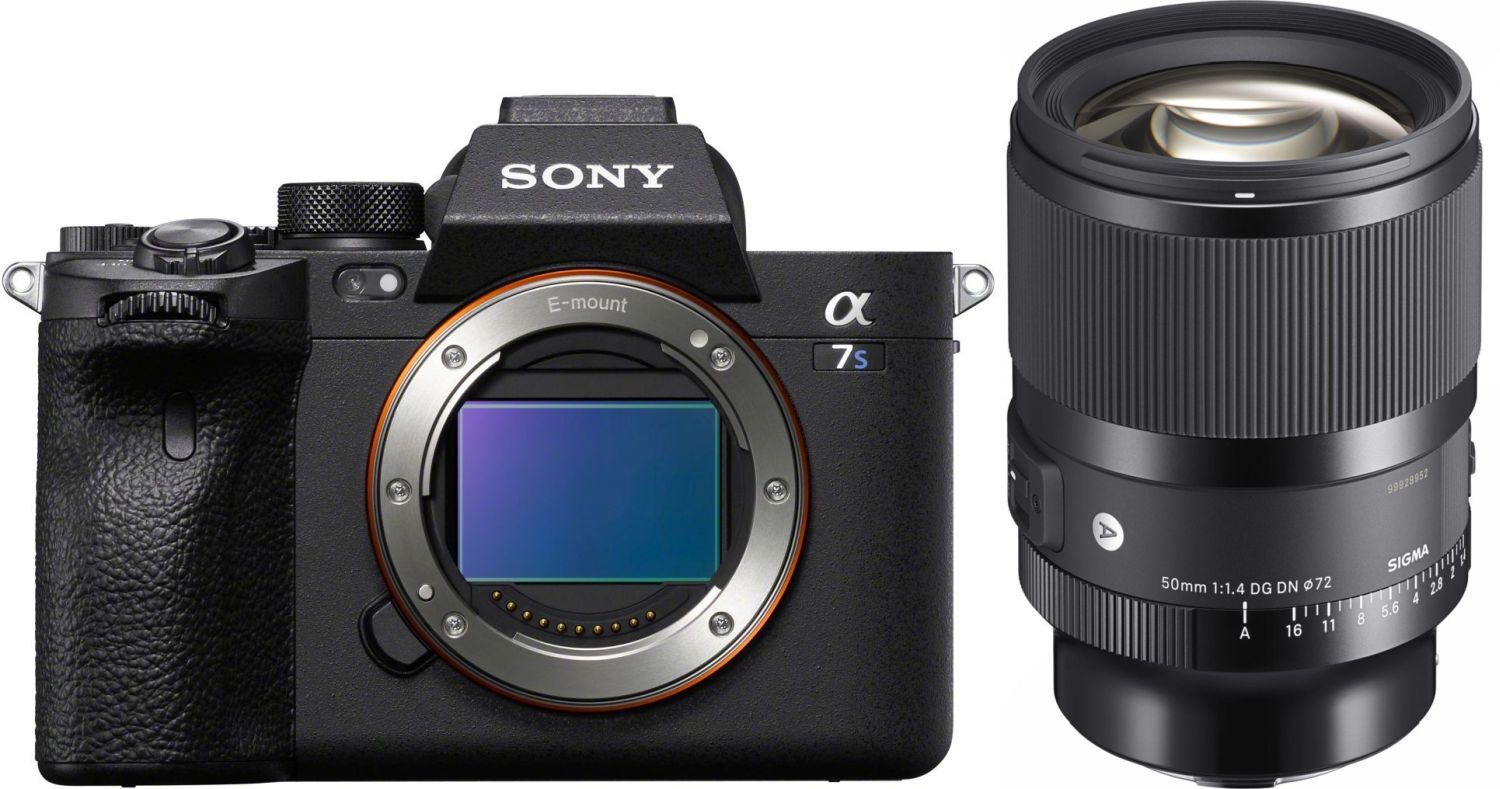

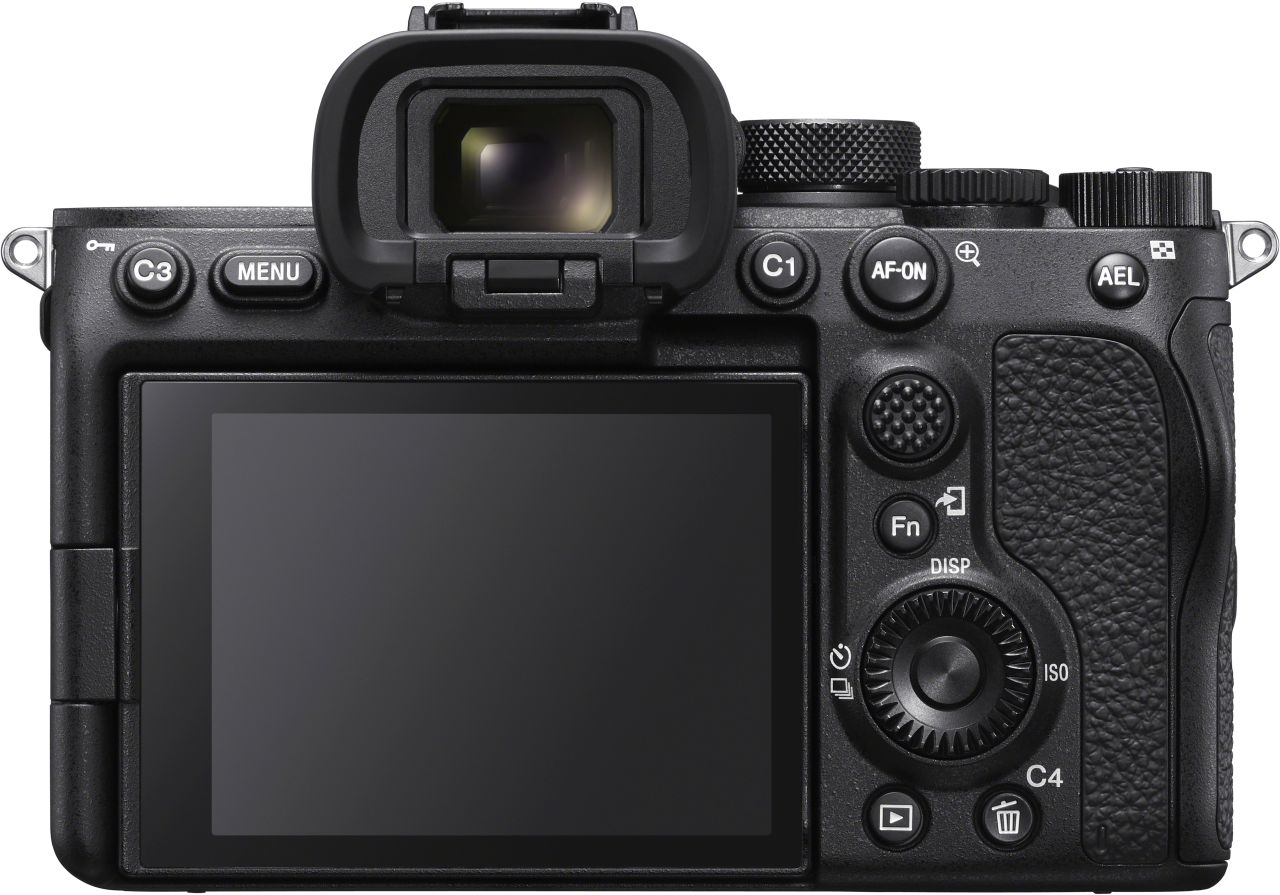
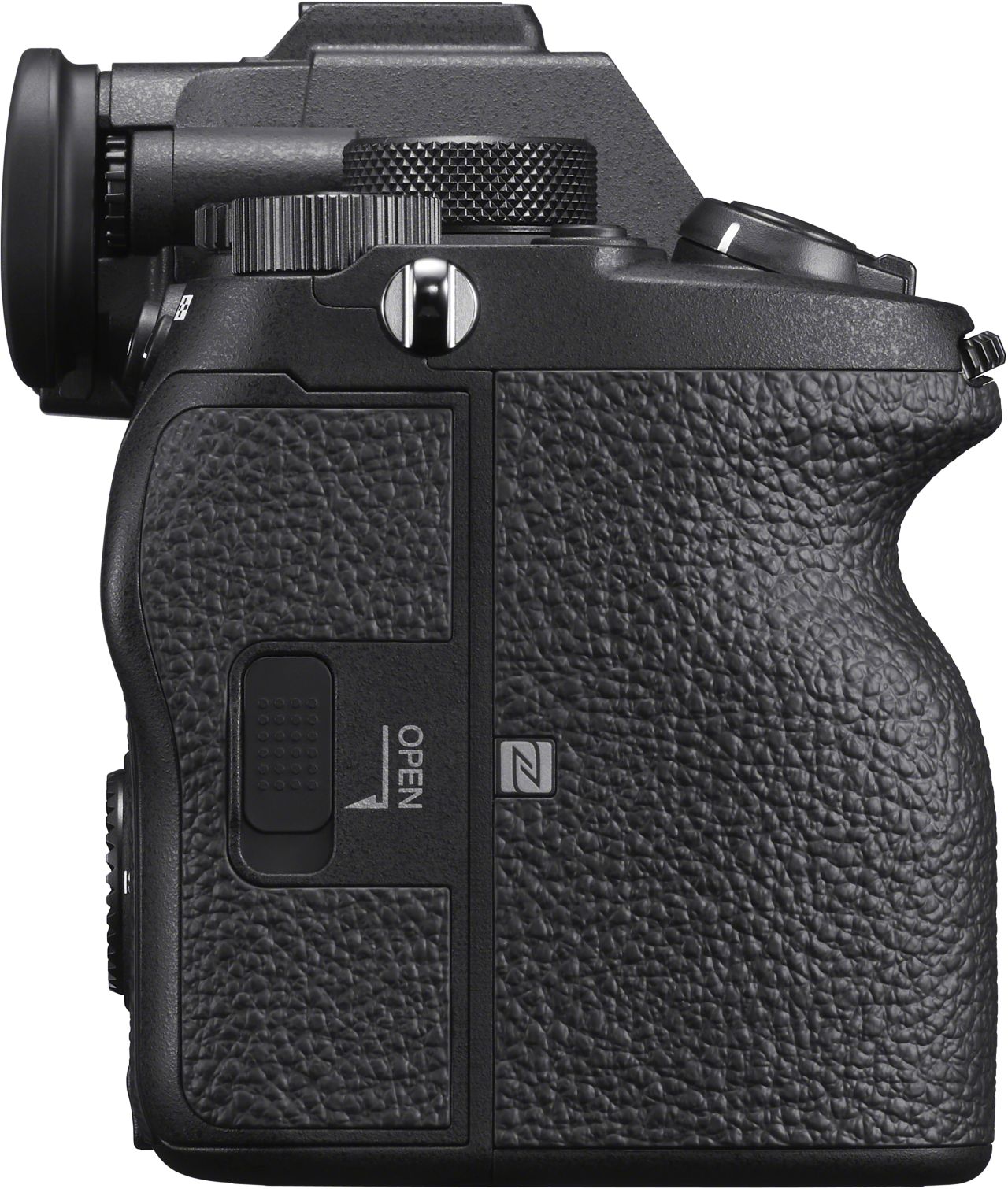
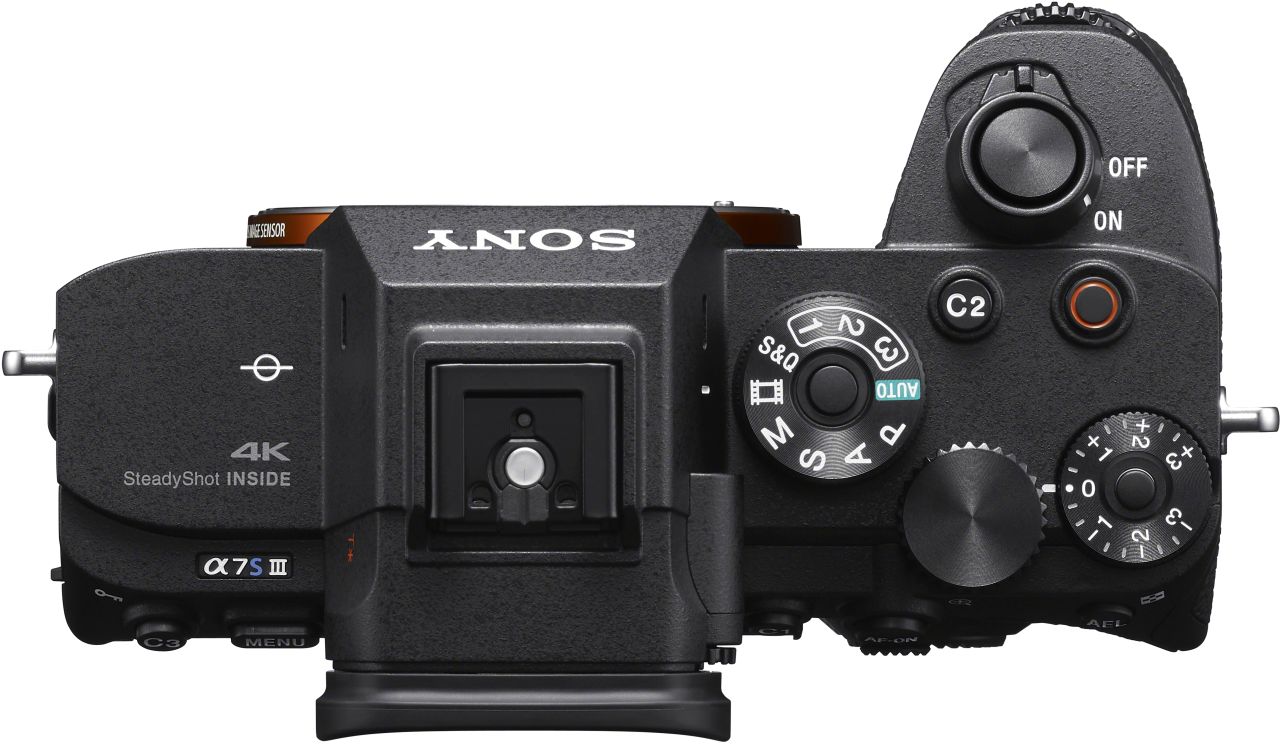
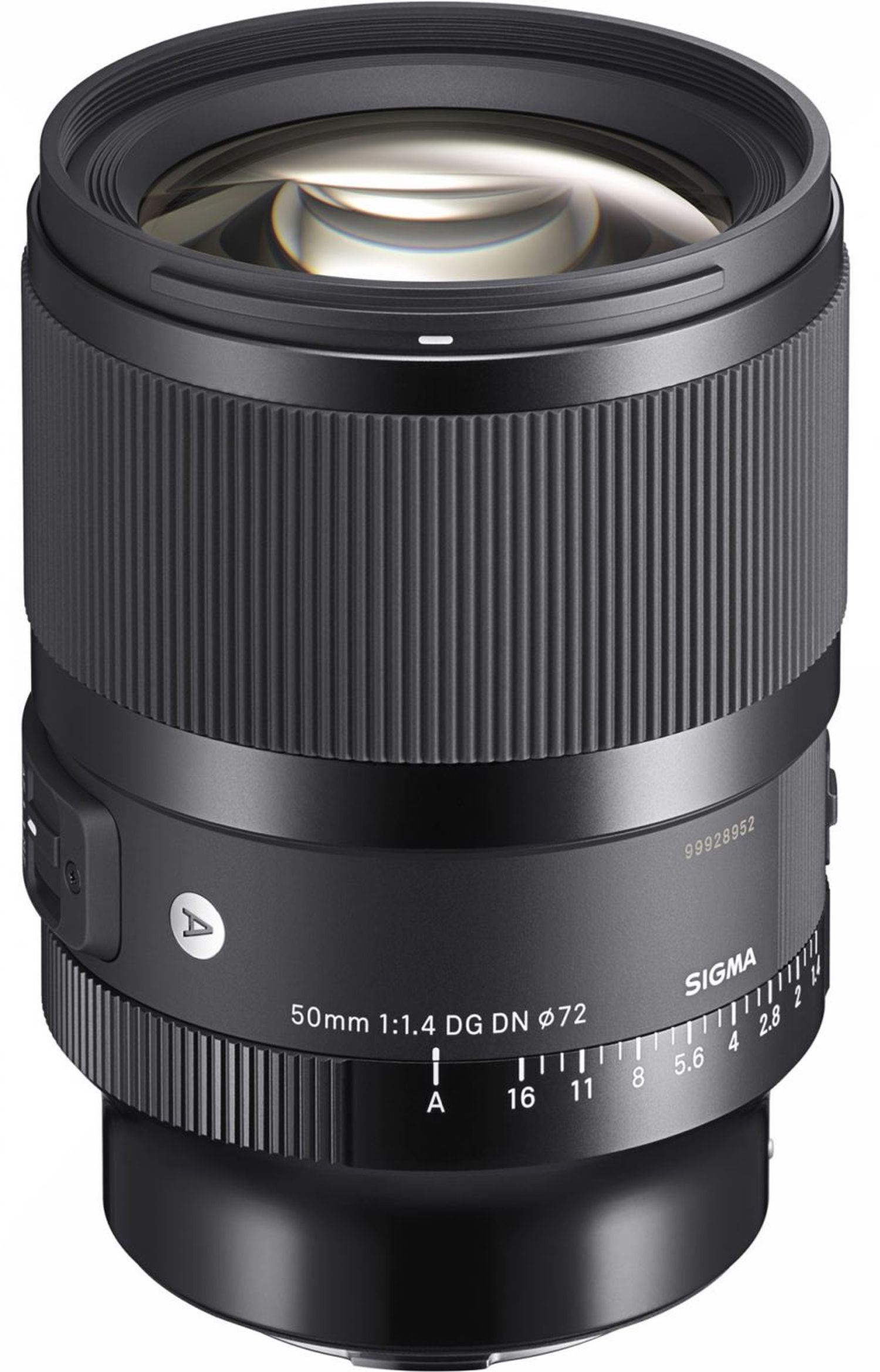
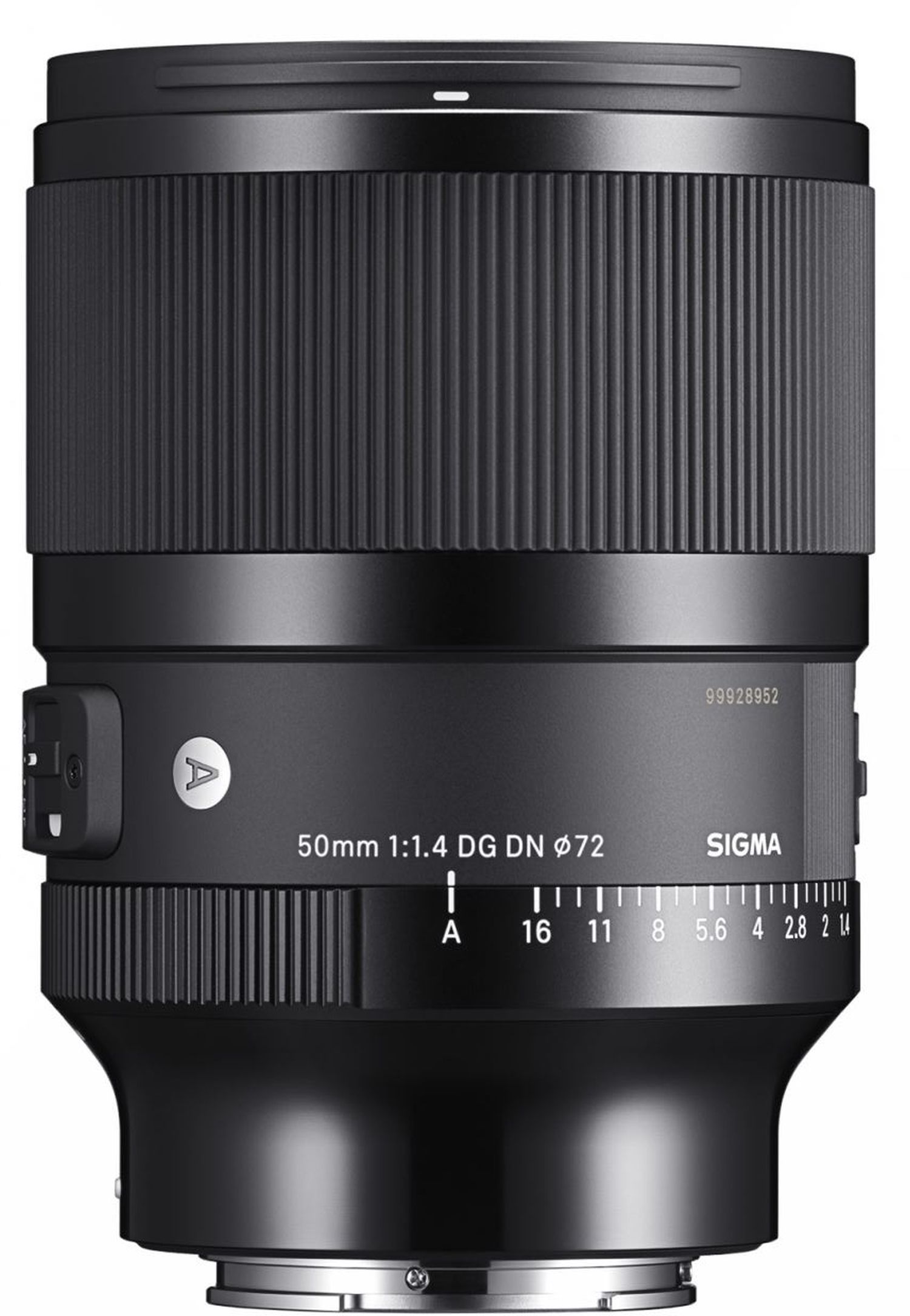
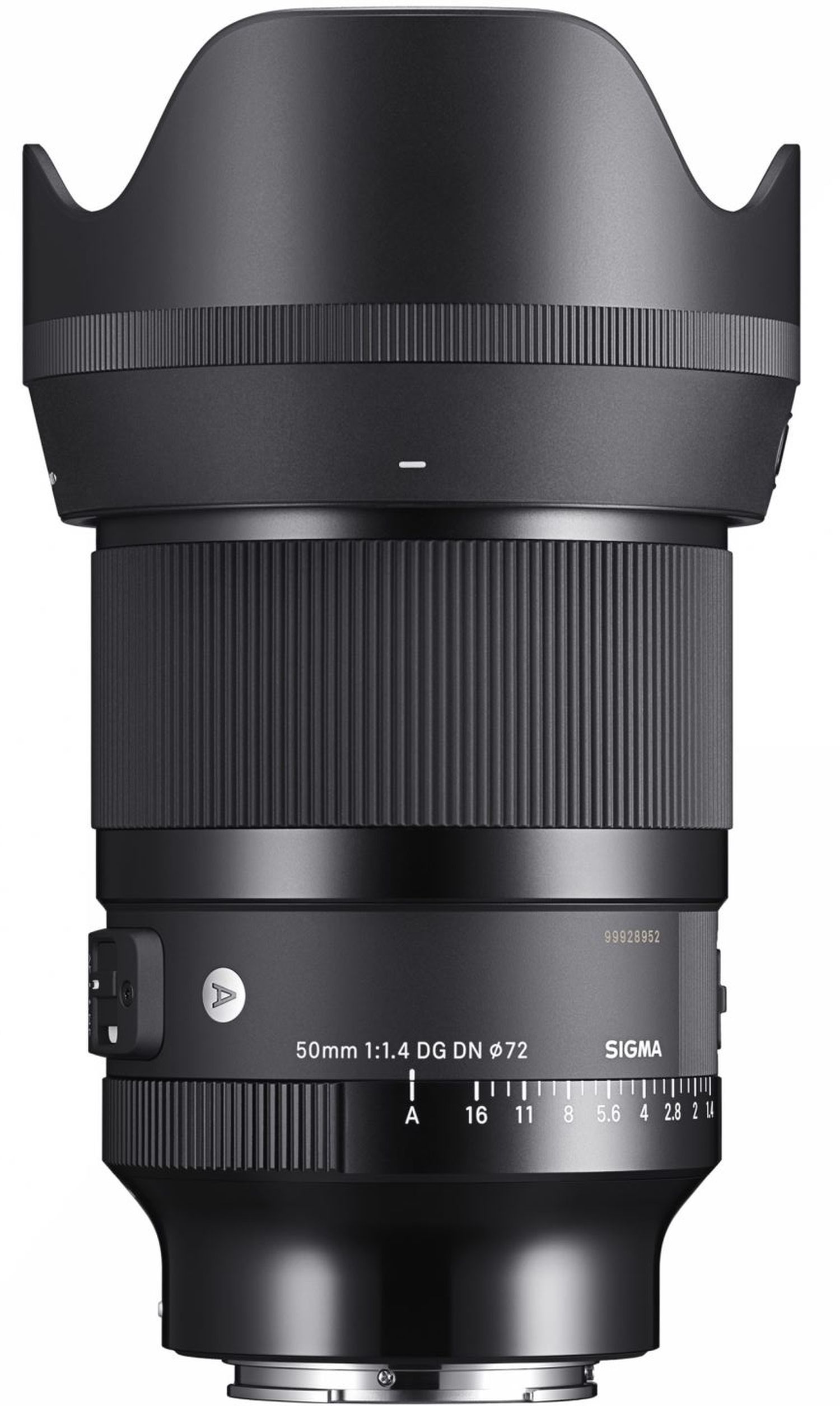

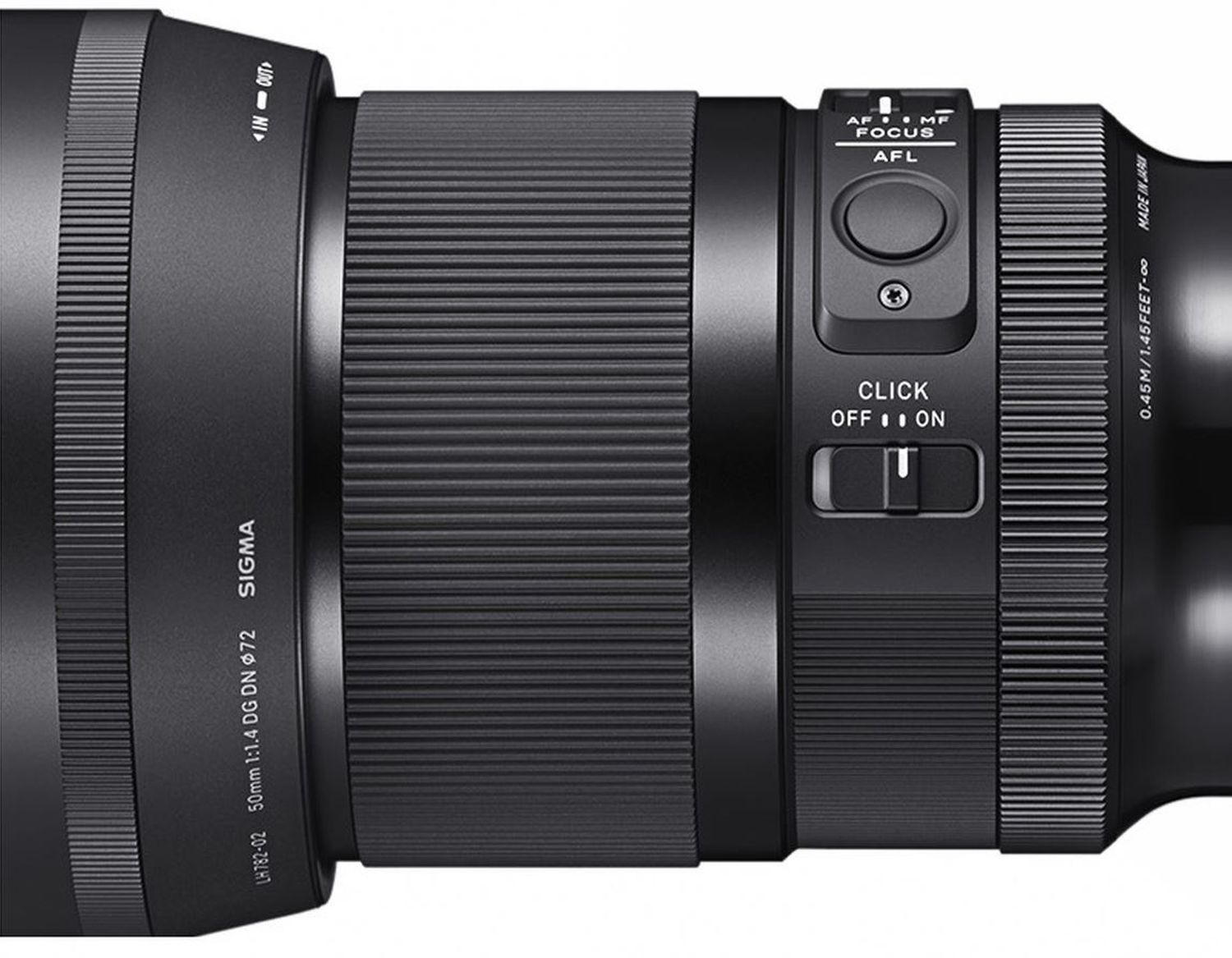
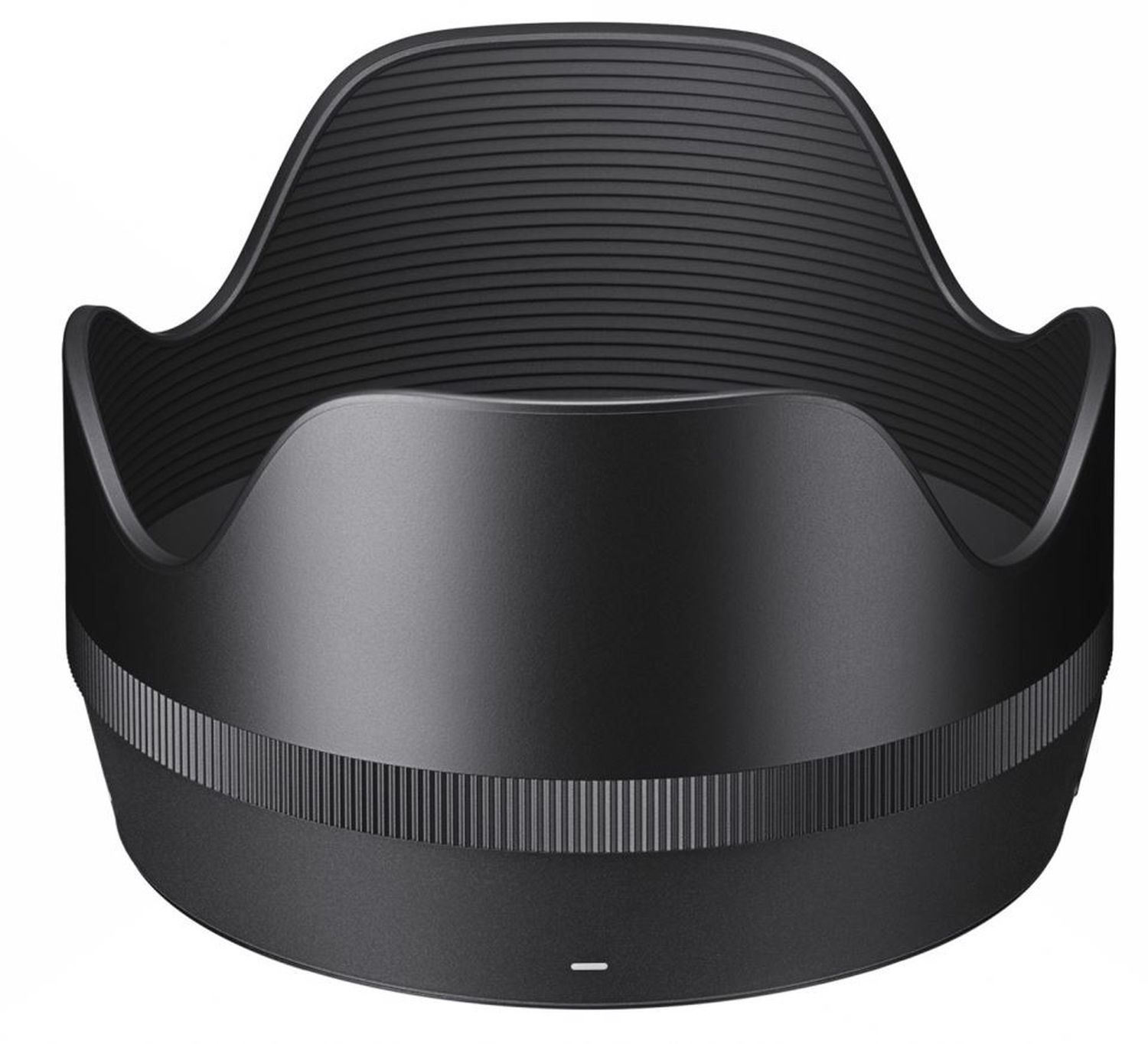
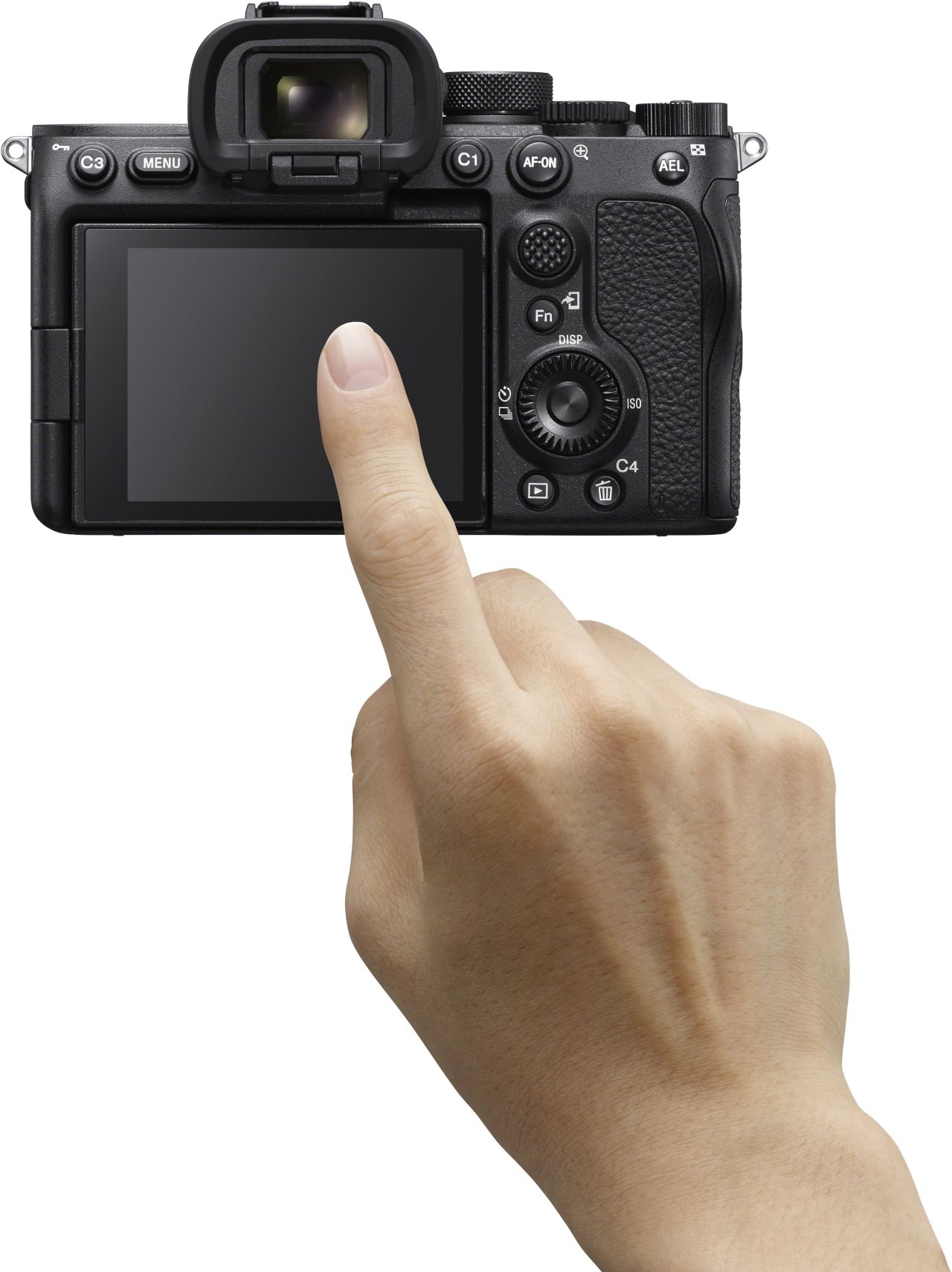
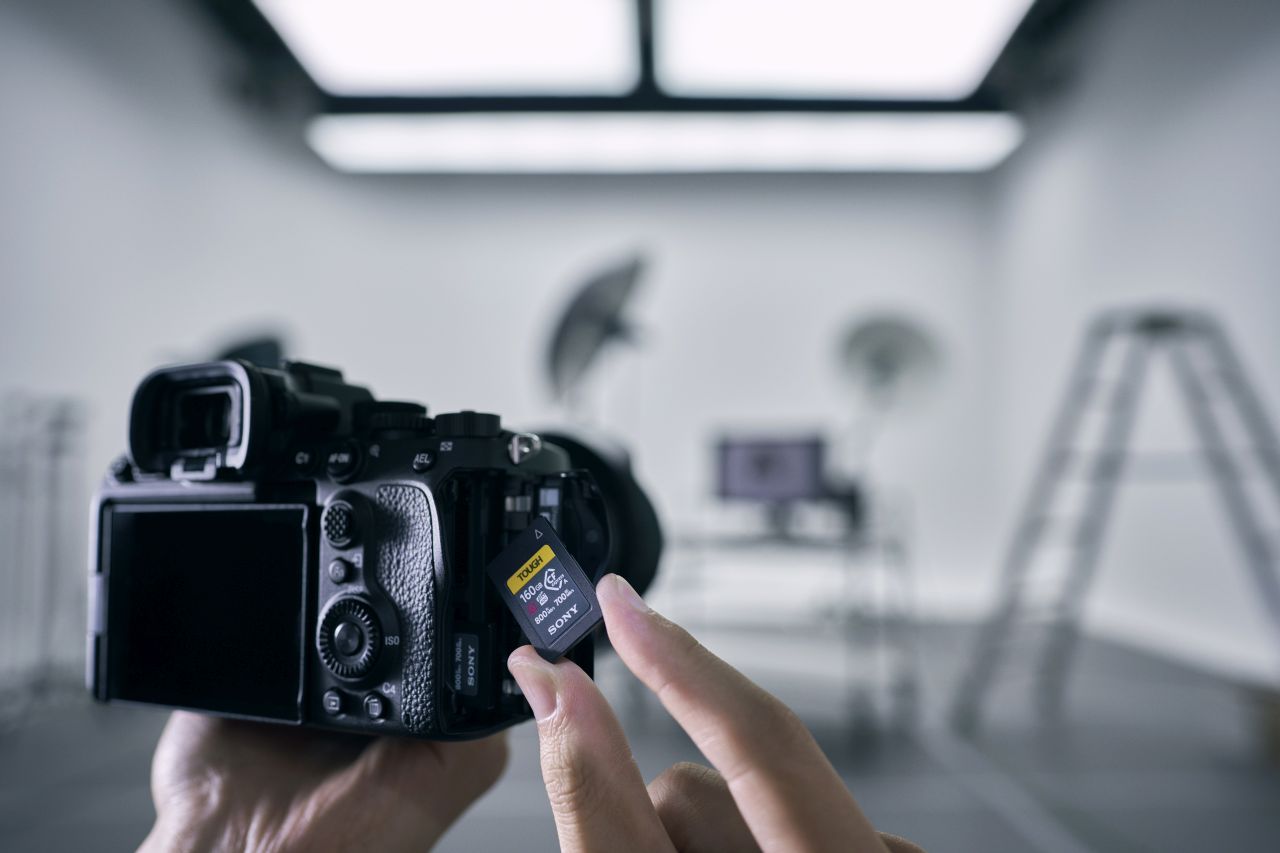
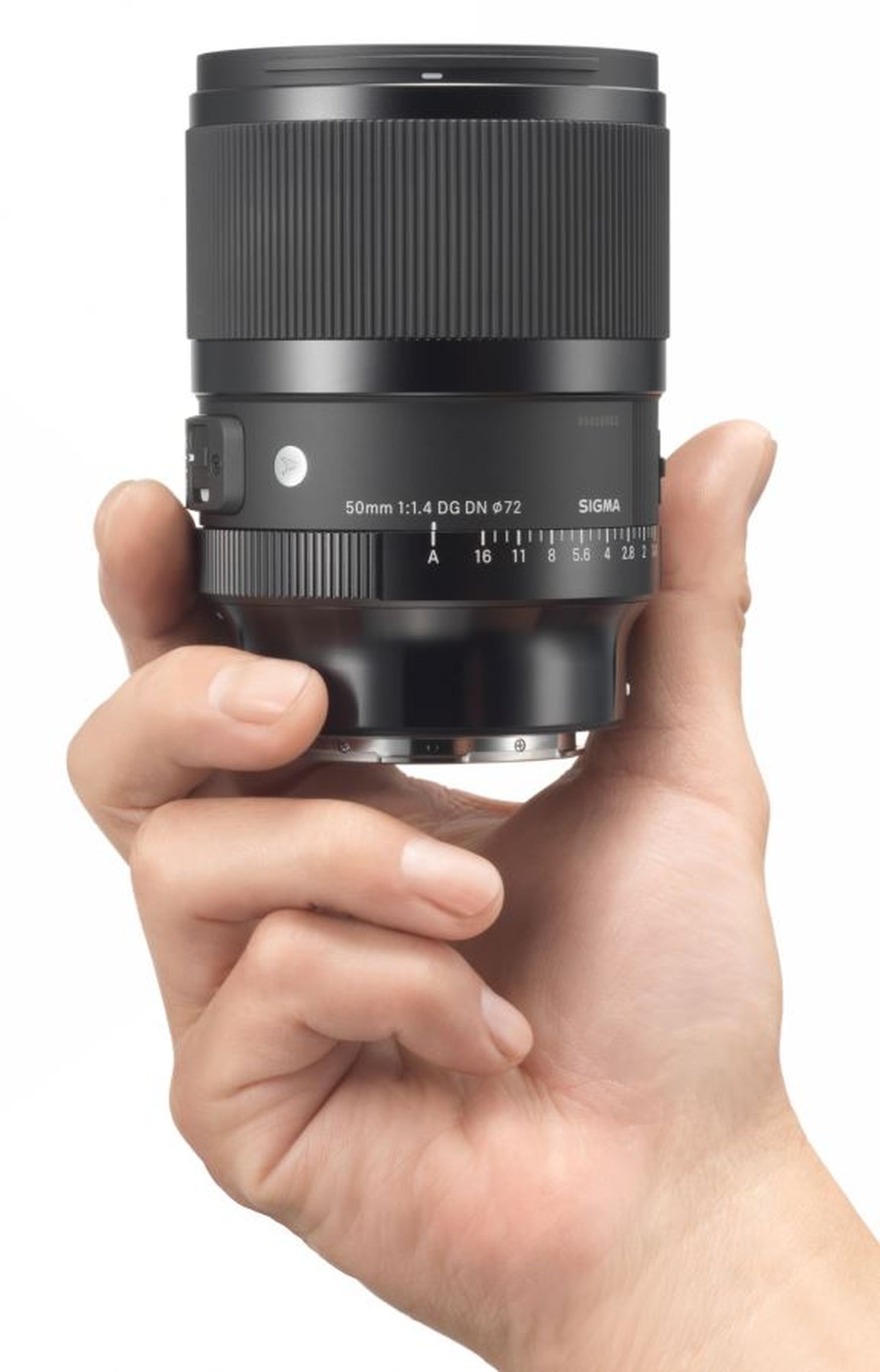
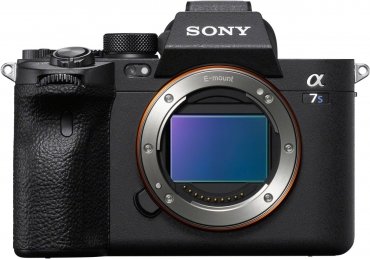
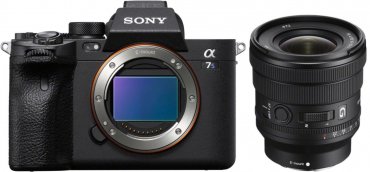
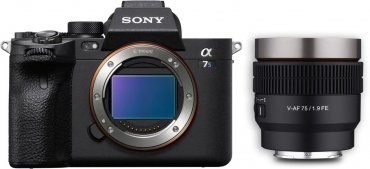


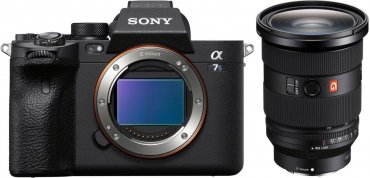
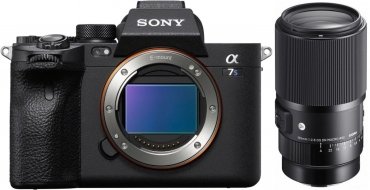
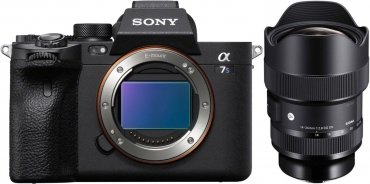
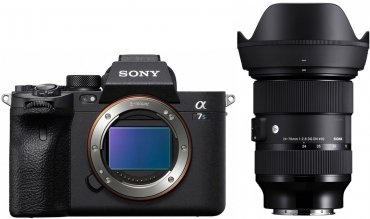
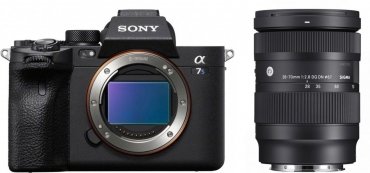
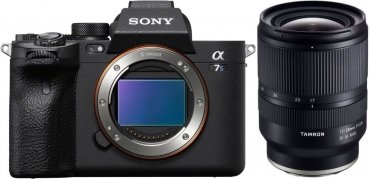
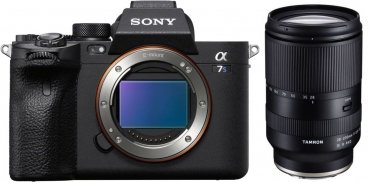
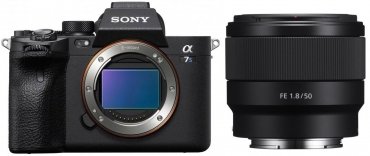
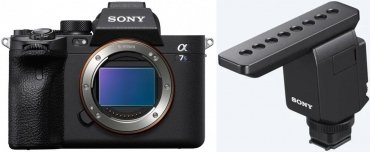
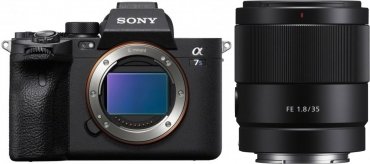
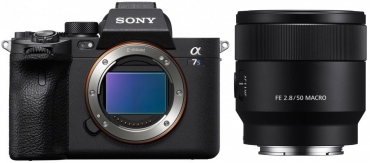

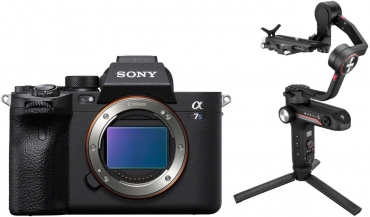
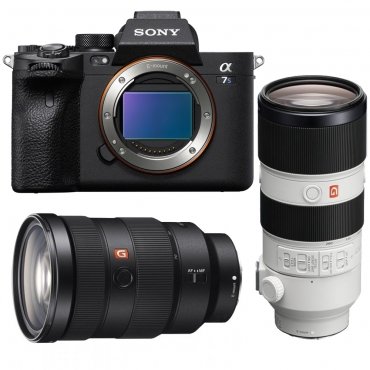
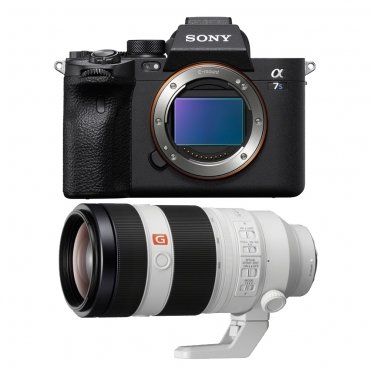
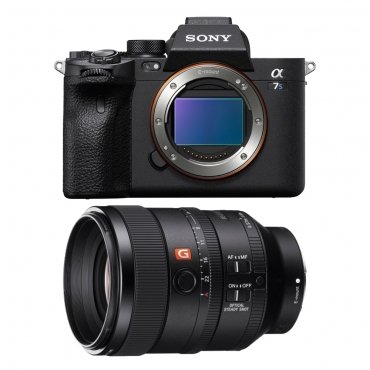
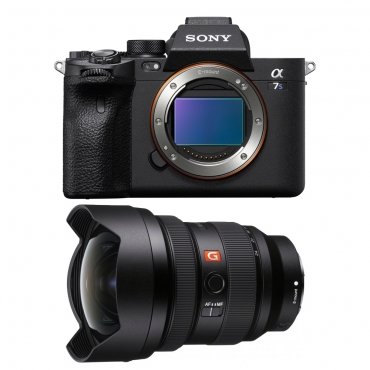
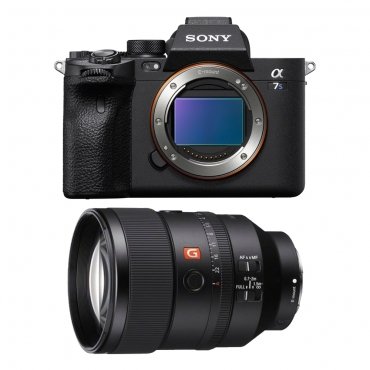

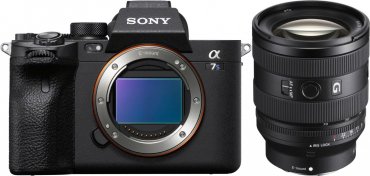
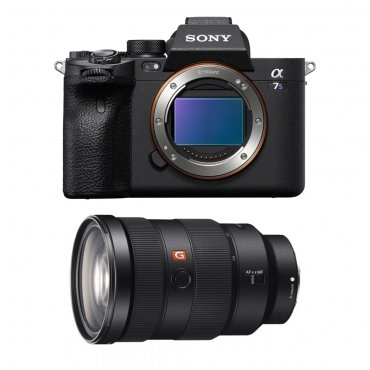
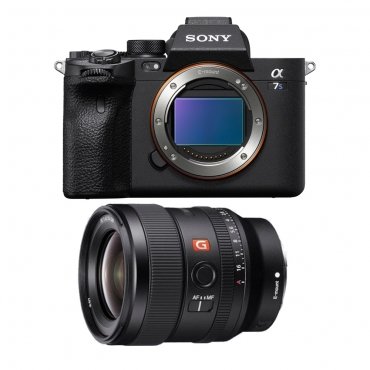
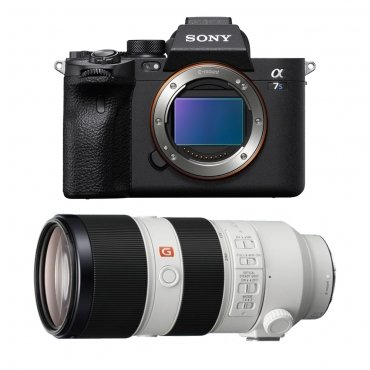
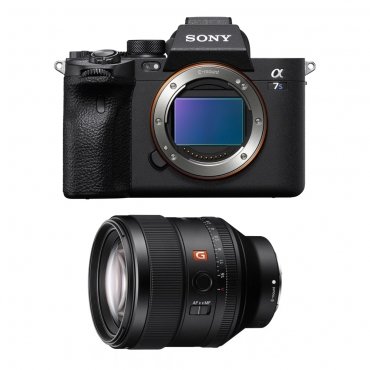
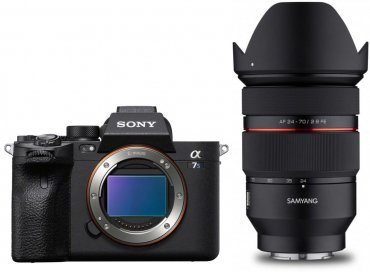
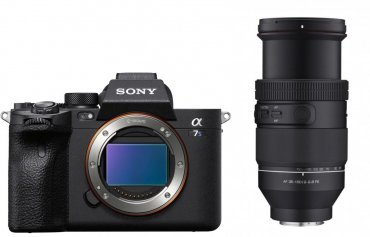

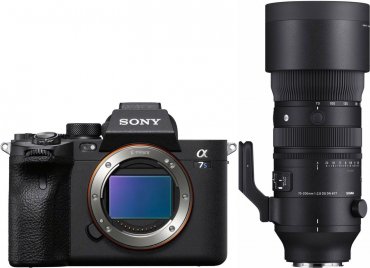

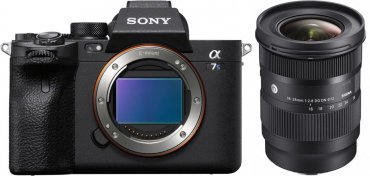
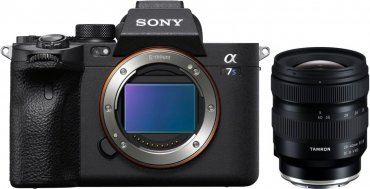

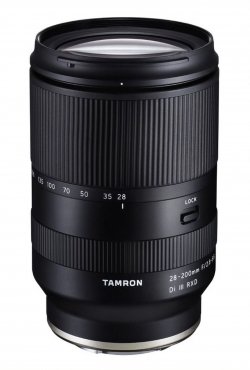

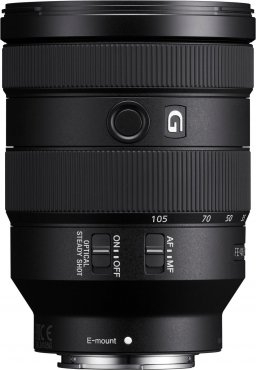
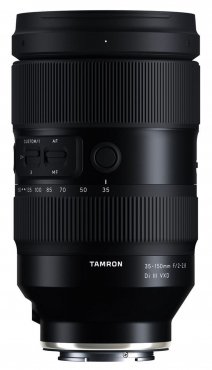

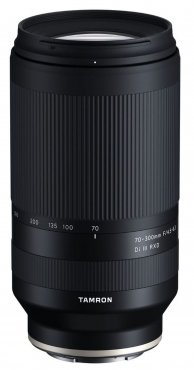
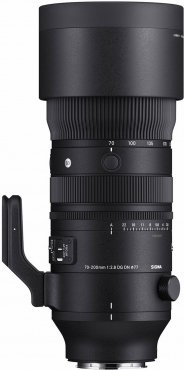


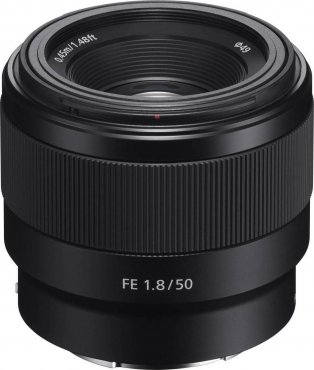
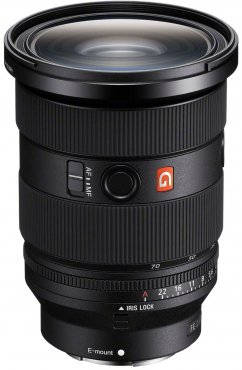

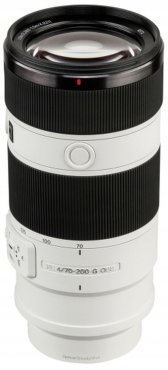
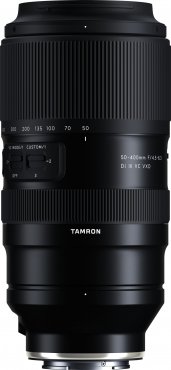
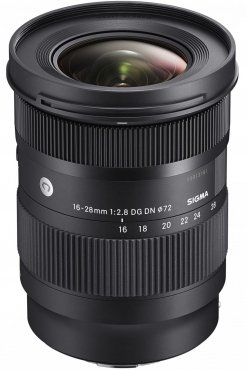
![Sigma 150-600mm f5-6.3 DG DN OS [S] Sony E-mount](https://media.foto-erhardt.de/images/product_images/thumbnail_images/907/sigma-150-600mm-f5-63-dg-dn-os-s-sony-e-mount-162814386990790304.jpg)
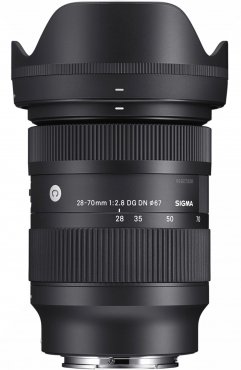
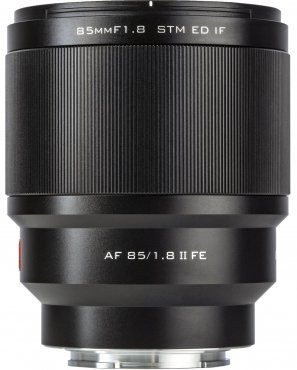
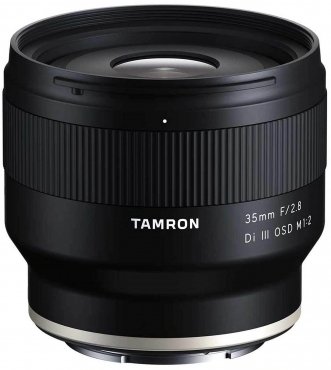
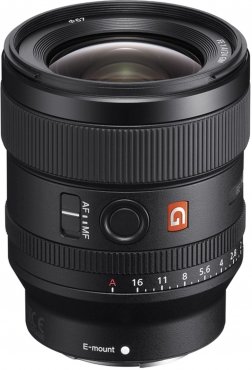
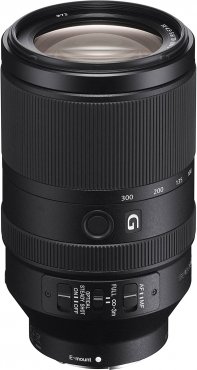
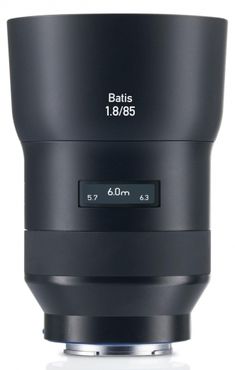
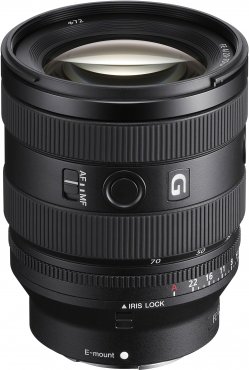
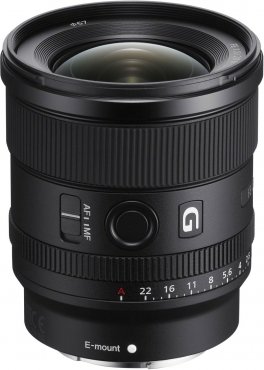
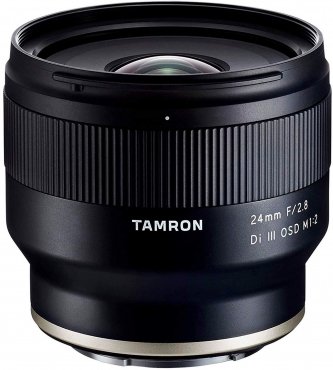

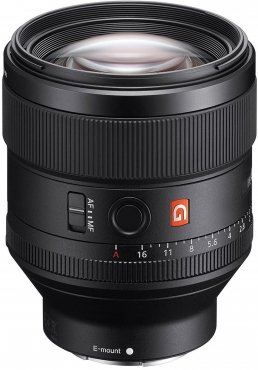
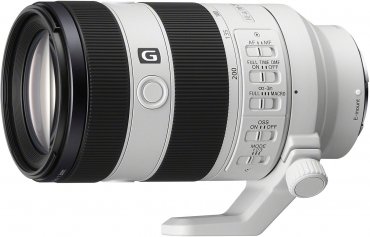
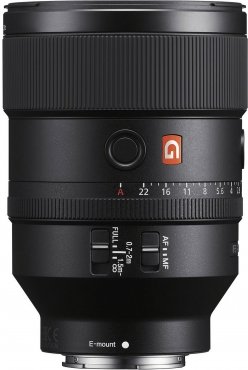

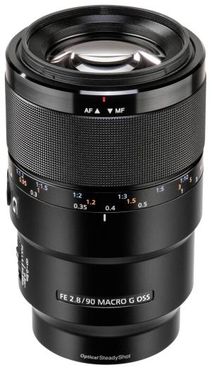
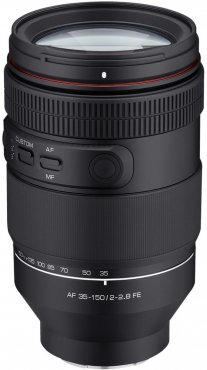
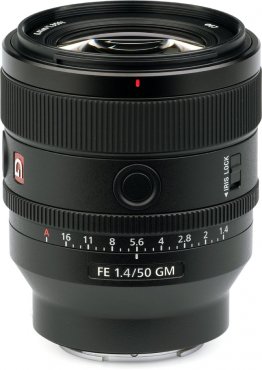
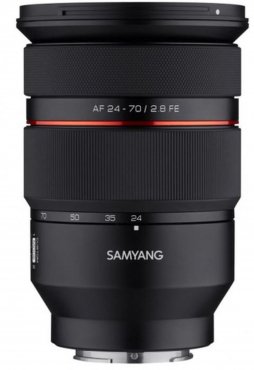
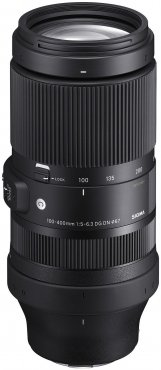

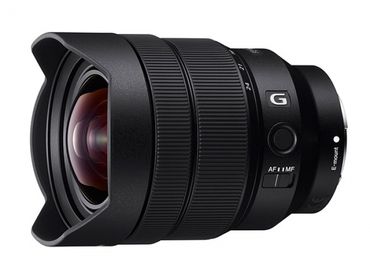


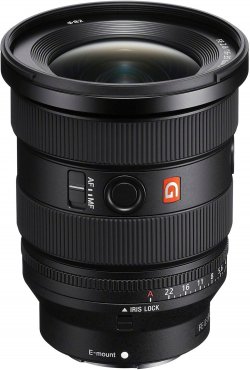
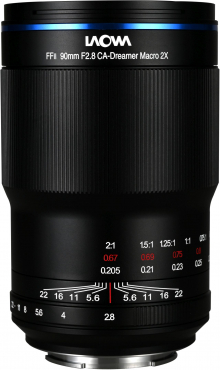
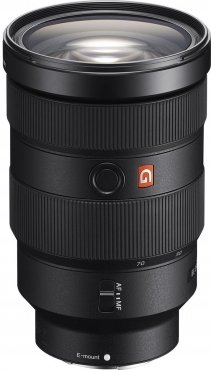
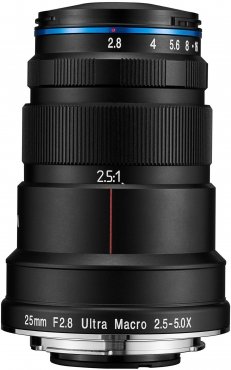
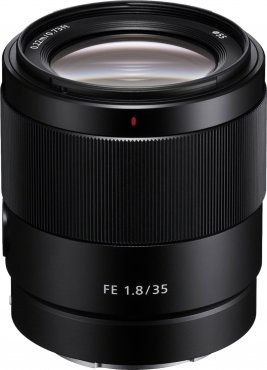
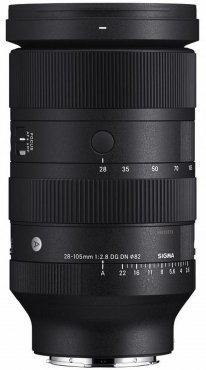
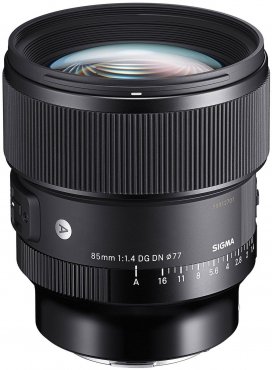
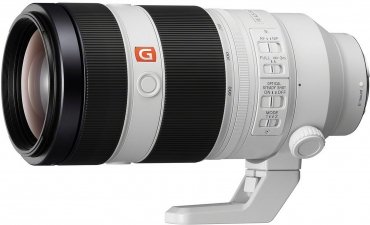
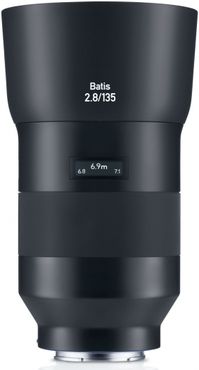
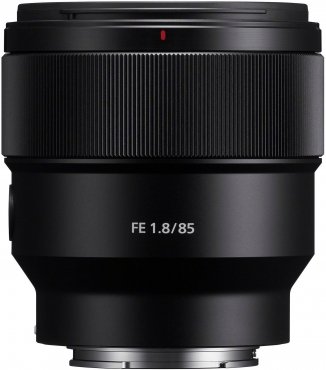
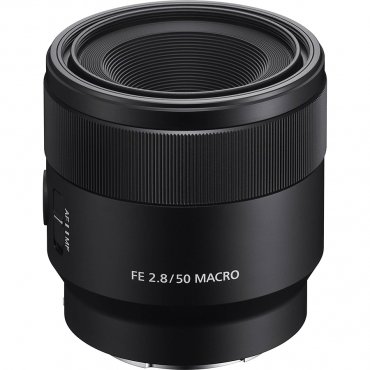

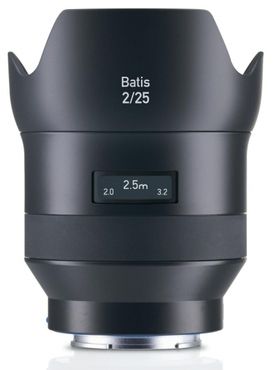
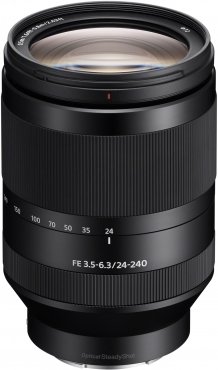
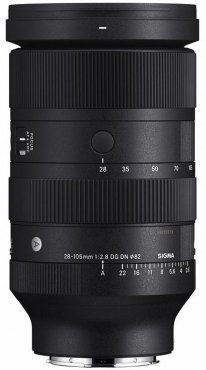

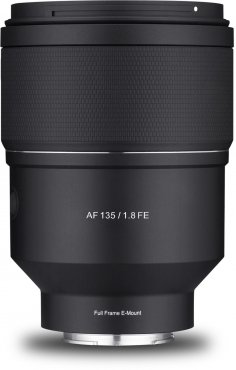

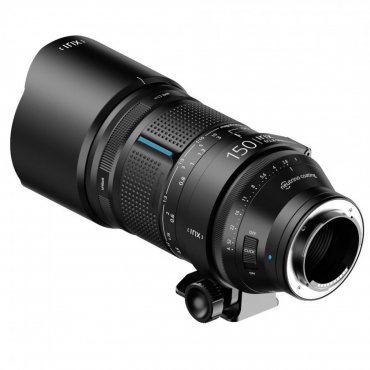
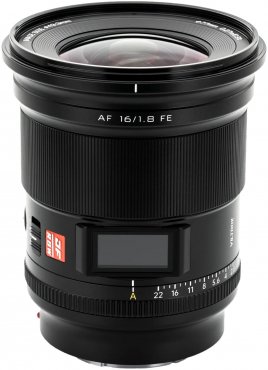
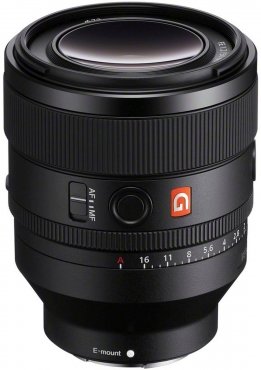
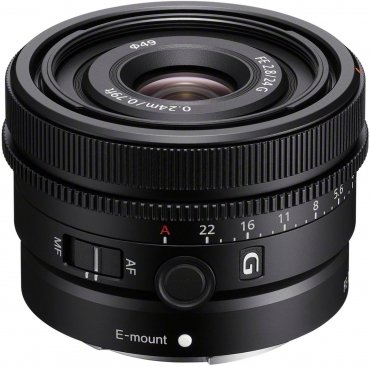
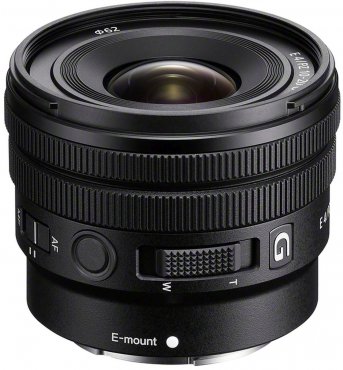
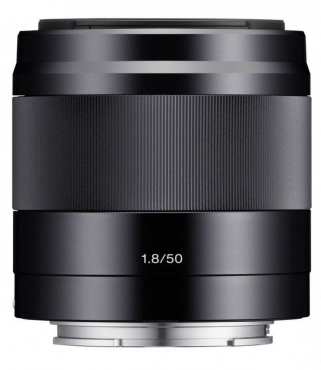
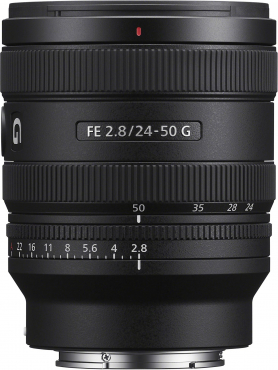
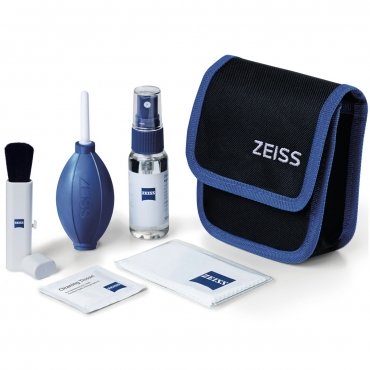
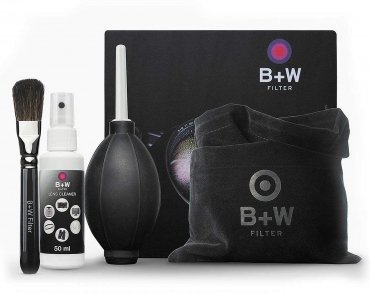
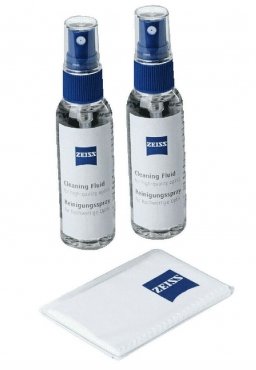
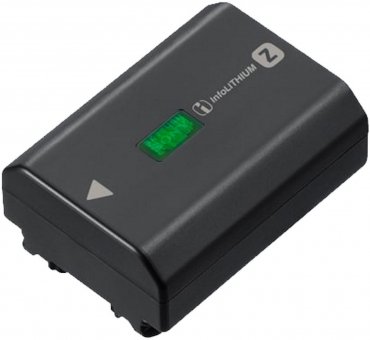

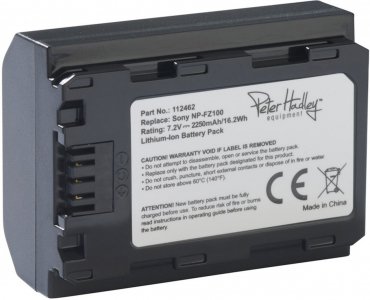
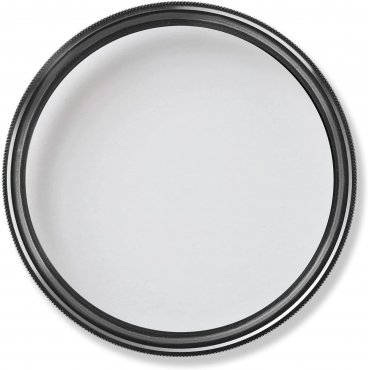

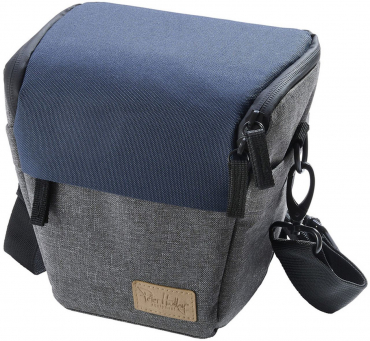

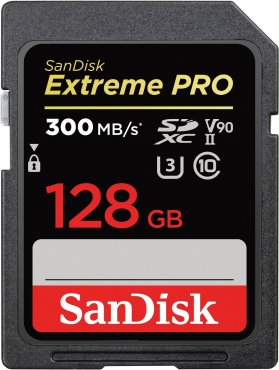
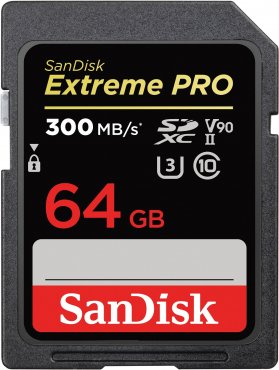
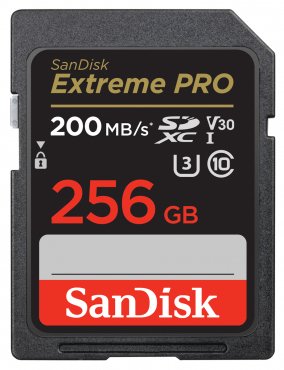
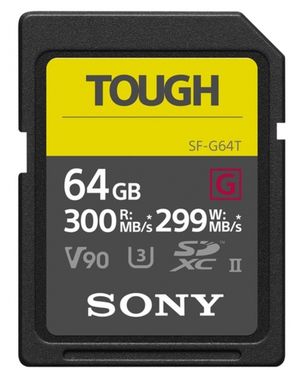

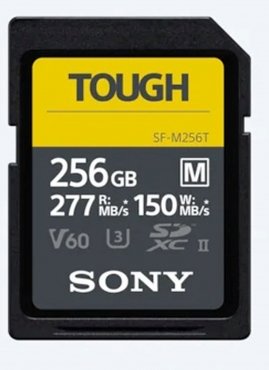

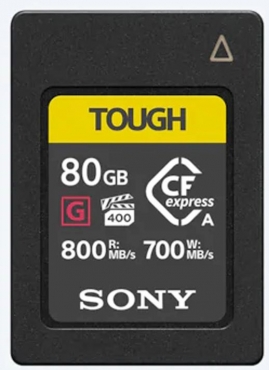

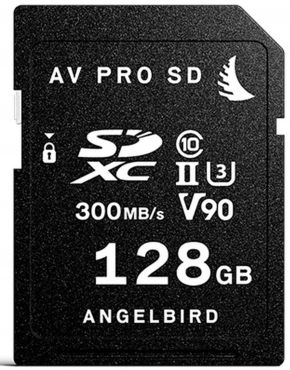
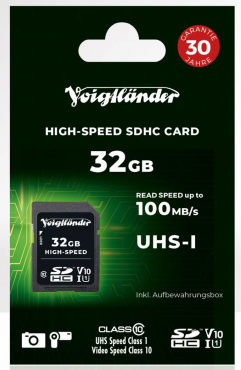
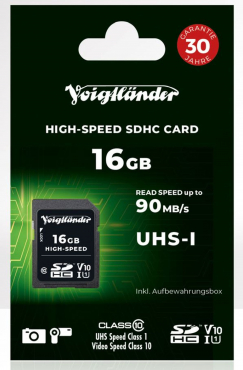
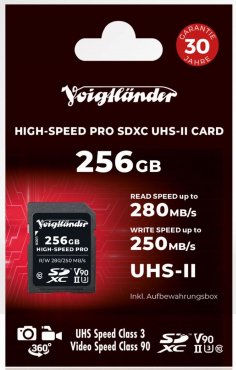

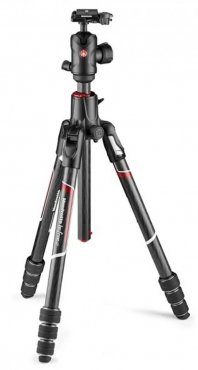
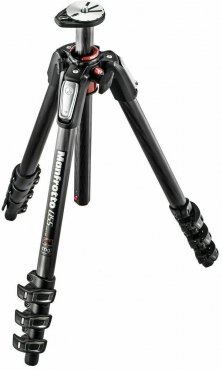


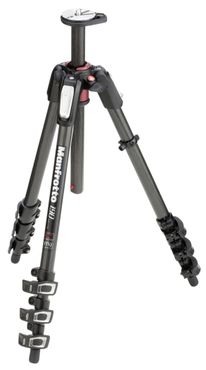
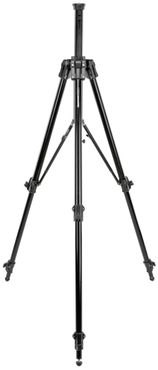

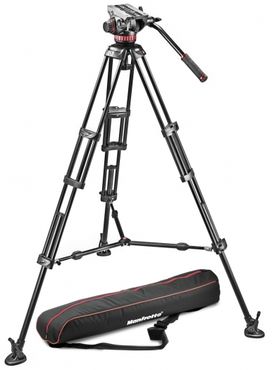
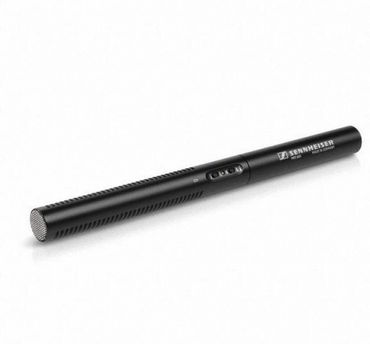
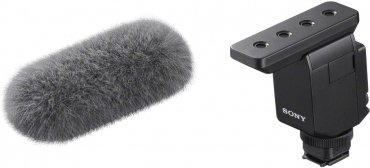
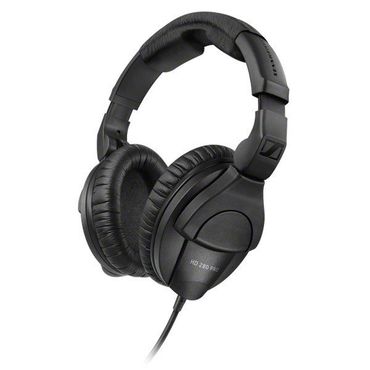

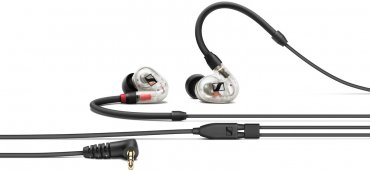
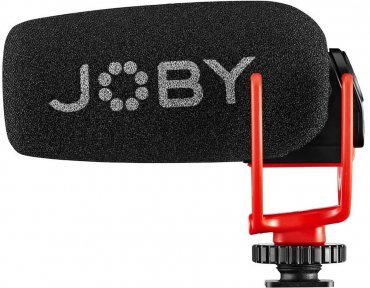
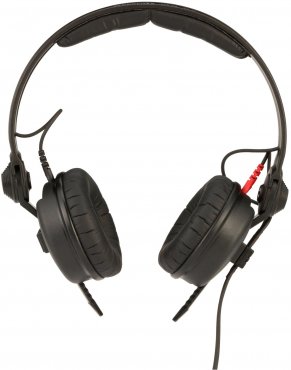
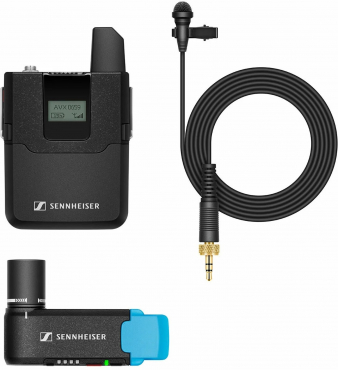
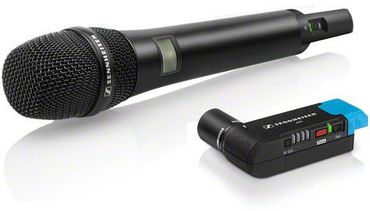
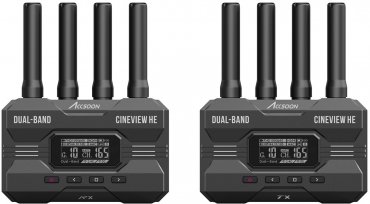
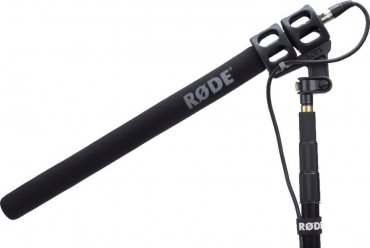

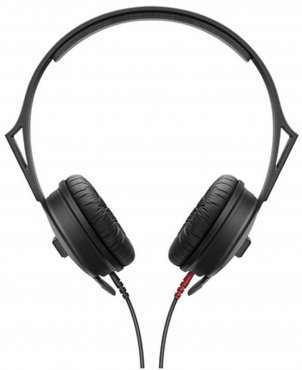
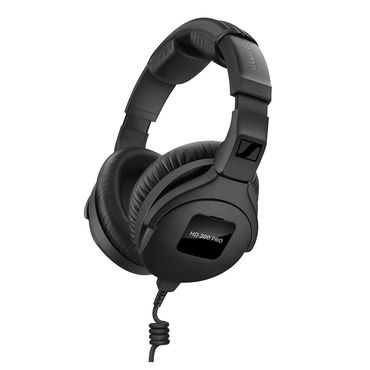
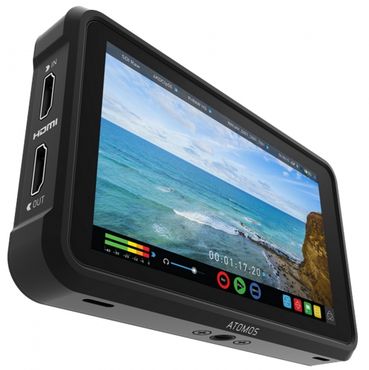

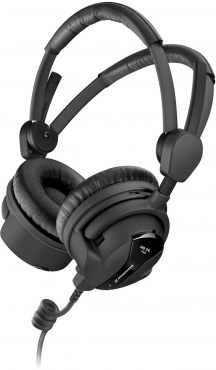



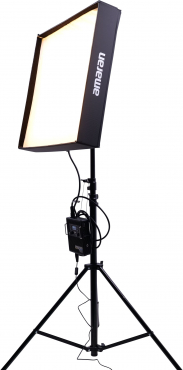
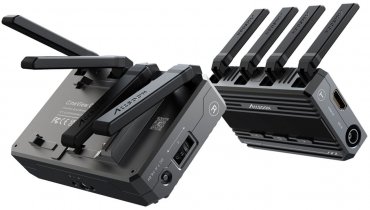
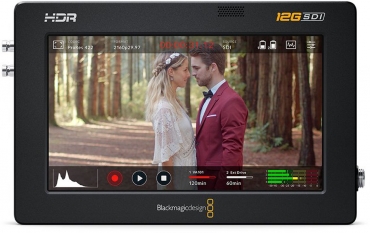
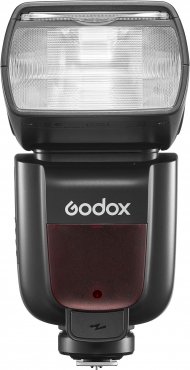
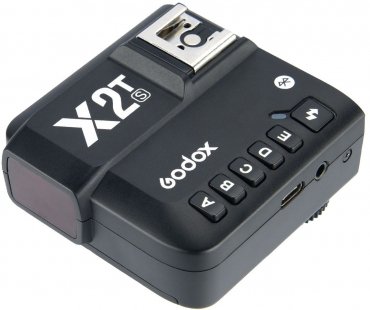

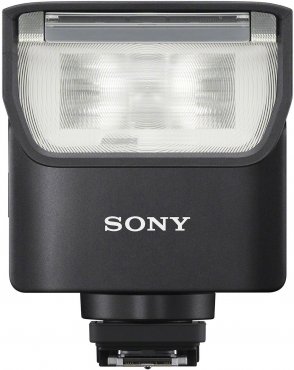
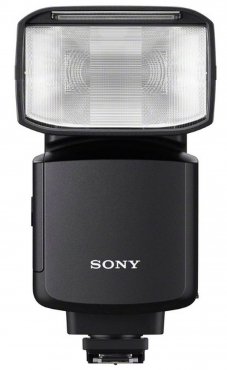
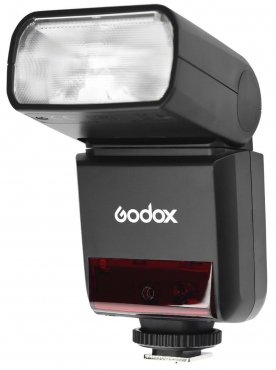
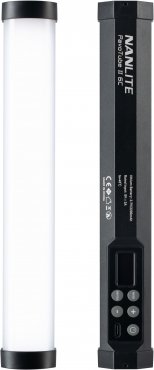
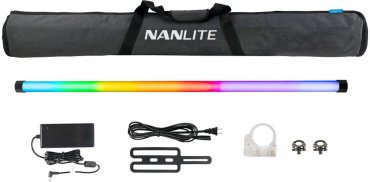
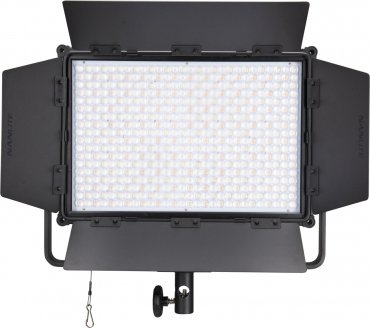
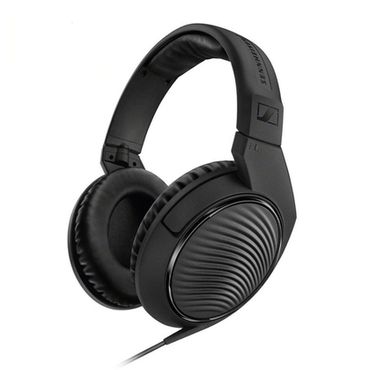
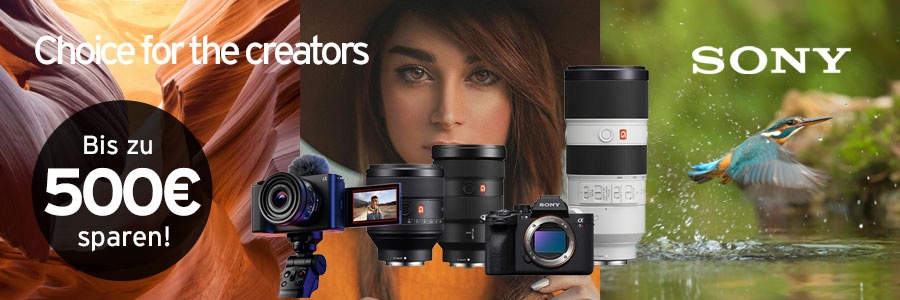
Simply subscribe and benefit as a newsletter recipient every week: